What Is the Best Surface for Setting Up a Bounce House?

When setting up a bounce house, choosing the right surface is crucial for ensuring safety, stability, and longevity. The best surface can help prevent accidents and damage to the inflatable. Below are some of the top surfaces for setting up a bounce house, along with the benefits and considerations for each.
1. Grass (Best Option)
Grass is widely considered the best surface for setting up a bounce house due to its natural cushioning and stability. Here’s why:
- Soft and Safe: Grass provides a soft landing surface, reducing the risk of injury if kids fall or trip.
- Good Stability: Ground stakes can be easily driven into the ground to securely anchor the bounce house.
- Minimal Surface Damage: Grass is less likely to cause wear and tear on the bottom of the bounce house compared to hard surfaces.
2. Concrete or Asphalt
While not as ideal as grass, bounce houses can be set up on concrete or asphalt with extra precautions:
- Surface Protection: Use a tarp or heavy-duty mat under the bounce house to prevent wear and tear on the bottom surface.
- Safety Mats: Place safety mats at the entrance and exit points to cushion any falls onto the hard surface.
- Sandbags: Since you cannot use ground stakes, anchor the bounce house with sandbags or weights to keep it stable.
3. Indoor Surfaces (Gym Floors, Carpets)
Bounce houses can also be set up indoors, such as in gyms or halls with flat surfaces like gym floors or carpeted areas:
- Flat and Smooth: Indoor surfaces provide a flat, smooth setup area that ensures stability.
- Non-Slip Protection: Place non-slip mats or rubberized floor coverings to prevent the bounce house from shifting on slick surfaces.
- Ceiling Height: Make sure the indoor venue has enough vertical clearance to accommodate the height of the bounce house.
4. Sand
Though not the most common option, bounce houses can be set up on sand in certain beach or playground settings:
- Soft Cushioning: Sand provides a soft surface for falls and can absorb impact well.
- Stability Issues: Sand is less stable than other surfaces, so extra care must be taken to secure the bounce house with sandbags or stakes (if possible).
- Surface Protection: Use a tarp under the bounce house to prevent sand from damaging or getting into the blower and seams.
5. Artificial Turf
Artificial turf can also be a good surface for setting up a bounce house, especially in locations where natural grass isn’t available:
- Even Surface: Artificial turf provides a flat, stable surface for bounce house setup.
- Soft Cushioning: Turf offers some cushioning, similar to grass, though additional safety mats may be needed.
- Anchoring: Depending on the type of turf, you may need to use sandbags or weights instead of stakes.
Conclusion
The best surface for setting up a bounce house is typically grass, due to its soft and stable nature. However, other surfaces like concrete, sand, and artificial turf can work well with proper precautions, such as using tarps and safety mats. No matter the surface, ensuring the bounce house is anchored securely is key to a safe and fun experience.
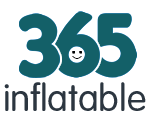
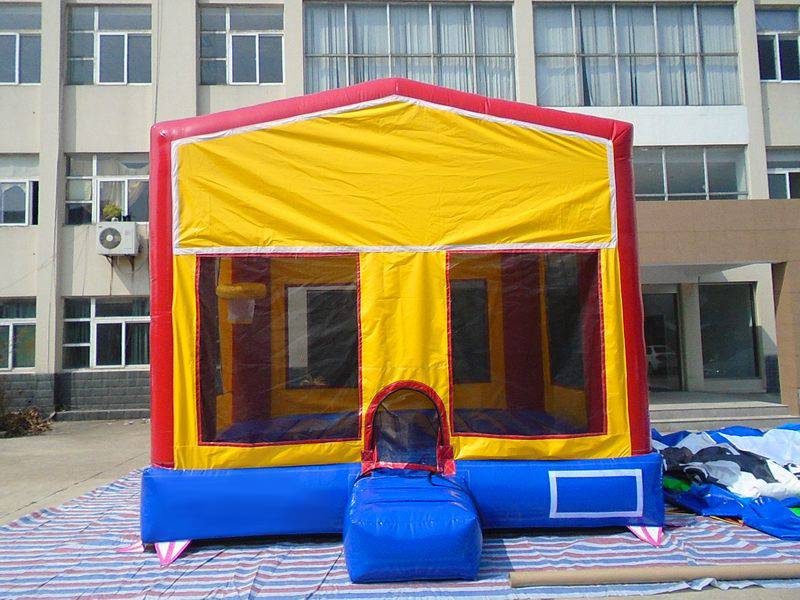

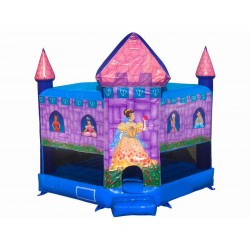
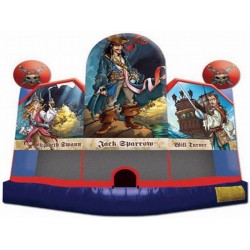
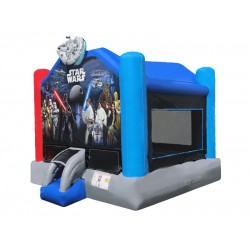
Leave a Comment